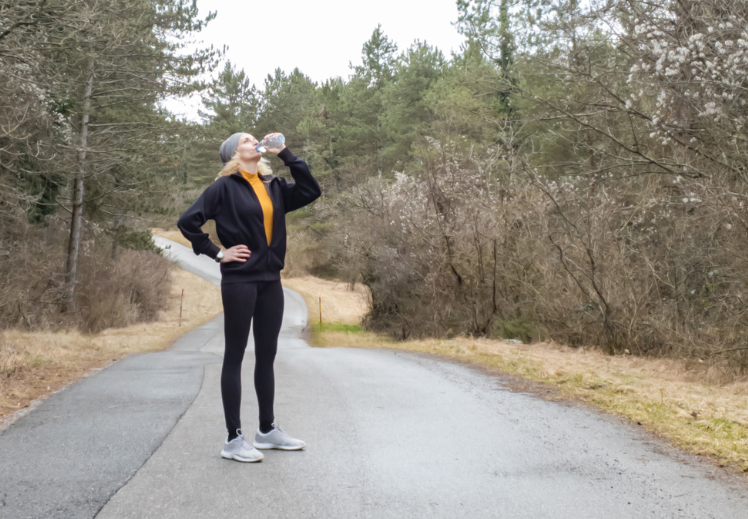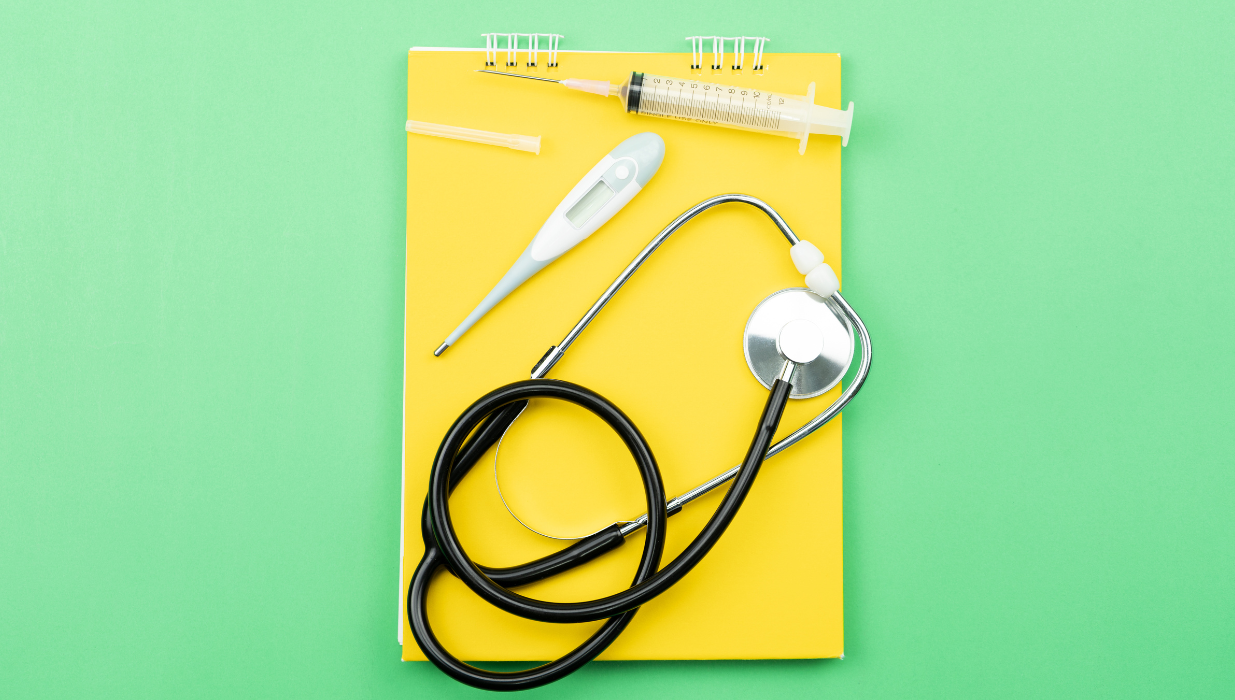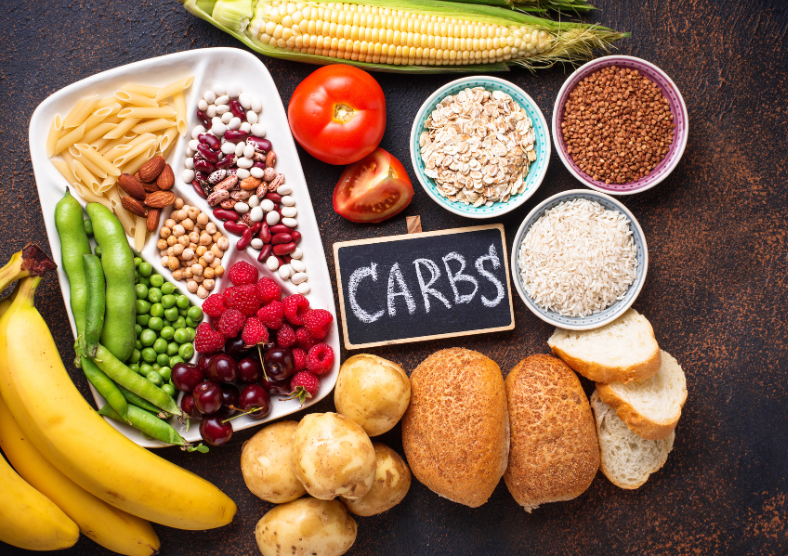Cardio over 35 can accelerate your menopause symptoms
If you are in your late 30’s or in your 40’s, and you’ve been exercising harder to get rid of that newly unwelcomed extra weight, you might be working against your goals. With decreasing hormone levels, women in perimenopausal age start to function a little differently. Some bodily processes slow down and the hormonal balance becomes more sensitive.

The connection between exercise and cortisol
Cortisol is one of the hormones you need to pay some extra attention to during perimenopause. This hormone is produced when you are exposed to stress. It starts to get interesting when you realise that vigorous exercise is also perceived as stress by your body, and raises your cortisol levels.
The more you push yourself, the higher it goes, and it starts a domino effect in the line of your hormones: it puts you in fight or flight mode: shuts down your metabolism, raises your blood glucose and increases your insulin levels.
This is normally a great thing, because this is how your body fuels your efforts and makes your workout more effective. It raises your hear rate and increases your circulation to get more nutrients into your muscles and makes you more alert and gives you mental clarity to prevent accidents and support more reasonable decisions.
Where does it go wrong
The problem is that after a certain age, decreasing oestrogen levels make you less sensitive to insulin (or more insulin resistant if you like). As a result, insulin can’t move glucose out of your blood stream, keeping your blood sugar levels higher, which prompts your body to store excess calories as opposed to turning it into energy to fuel your exercise.
This will make your exercise feel harder than it should be, and prevent you from losing those extra pounds.
And this is not all. Elevated blood glucose levels take toll on your sleep, your energy levels, your mood, your mental clarity, all of which will likely to result in poorer food choices, that can start yet another domino game with your hormones, resulting in more severe unpleasant perimenopausal symptoms.
Do I have to give up cardio altogether?
Not at all!
Exercise becomes even more important during the perimenopausal years for several reasons. It reduces your risk of osteoporosis, prevents losing muscle mass and improves your balance, that can prevent you from falling over in your elderly years (yes, the time is now to prepare for that!)
It also keeps your heart strong, gives you mental clarity, prevents memory loss, and yes, it can increase insulin sensitivity, but only if it’s done right.
Syncing your exercise with your cycle
In my opinion it is important an all life stages of women, but it most definitely cannot be ignored during perimenopause. With fluctuating hormone levels and the increasing sensitivity of your hormone balance it is more important then ever to support your hormonal health instead of working against it.
There are certain phases of your cycle when your body can cope with higher levels of cortisol. This is the time for your cardio exercise. In another phase all forms of stressors should be avoided, including vigorous exercise. This phase is for big walks and yoga classes. In the third type of phase, you should pick up those weights, do your crunches and visit your Pilates class, because this is the time when you most efficiently will be able to maintain your muscle mass and improve your core strength.
These phases are mostly determined by your oestrogen, progesterone and testosterone levels. Planning your exercise routine according to the levels of these hormones can be a real game changer.
What are your hormones trying to tell you
Since we all go through perimenopause differently, there isn’t one recipe for how to exercise right during this life cycle. This is why it is super important that you find out everything you can about your own, personal hormonal rhythm, and figure out, as well as continuously adjust your exercise routine accordingly.
Your hormones are not only signaling to your biochemistry. They are also sending signals to you, in their own specific ways.
Understanding these signals enables you to “have a word” in your hormonal health and take back the steering wheel, so this sensitive decade is as controlled and smooth as it possibly can be.
This is why learning how to read your body’s messages is the first step of your 12-week Hormone Reset Programme at WholeSoMe nutrition.
Real change happens when your add diet to your hormonal equation
Improving your health can never be about getting one thing right. Syncing your exercise routine is an important step, and it can make a big difference in how you feel, but as you imagine, exercise alone won’t save the day.
What you eat, how you eat, and when you eat have a massive effect on your hormonal balance.
Your takeaway
Cortisol, insulin and oestrogen play major role in your metabolism. Doing too much cardio exercise at the wrong phase of your cycle can alter the level of these hormones, which during perimenopause can make it difficult to manage your weight.
Understanding your hormonal messages can be very helpful in setting up your exercise routine so it supports your health goals instead of making it harder to achieve them.
With the 12 week Hormone Reset Program you can learn how to read your body’s messages and how to exercise for your metabolic type.
Related Reads…
WholeSoMe Nutrition
Northumberland, UK
+44(0)7437 576011
© WholeSoMe Nutrition. All rights reserved.
Pictures by Canva Pro and freepik.com
Book a free discovery
call to see how can
nutrition consultation
improve your health
Book a free discovery
call to see how can
nutrition consultation
improve your health
WholeSoMe Nutrition
Northumberland, UK
© WholeSoMe Nutrition. All rights reserved.
Pictures by Canva Pro and freepik.com




